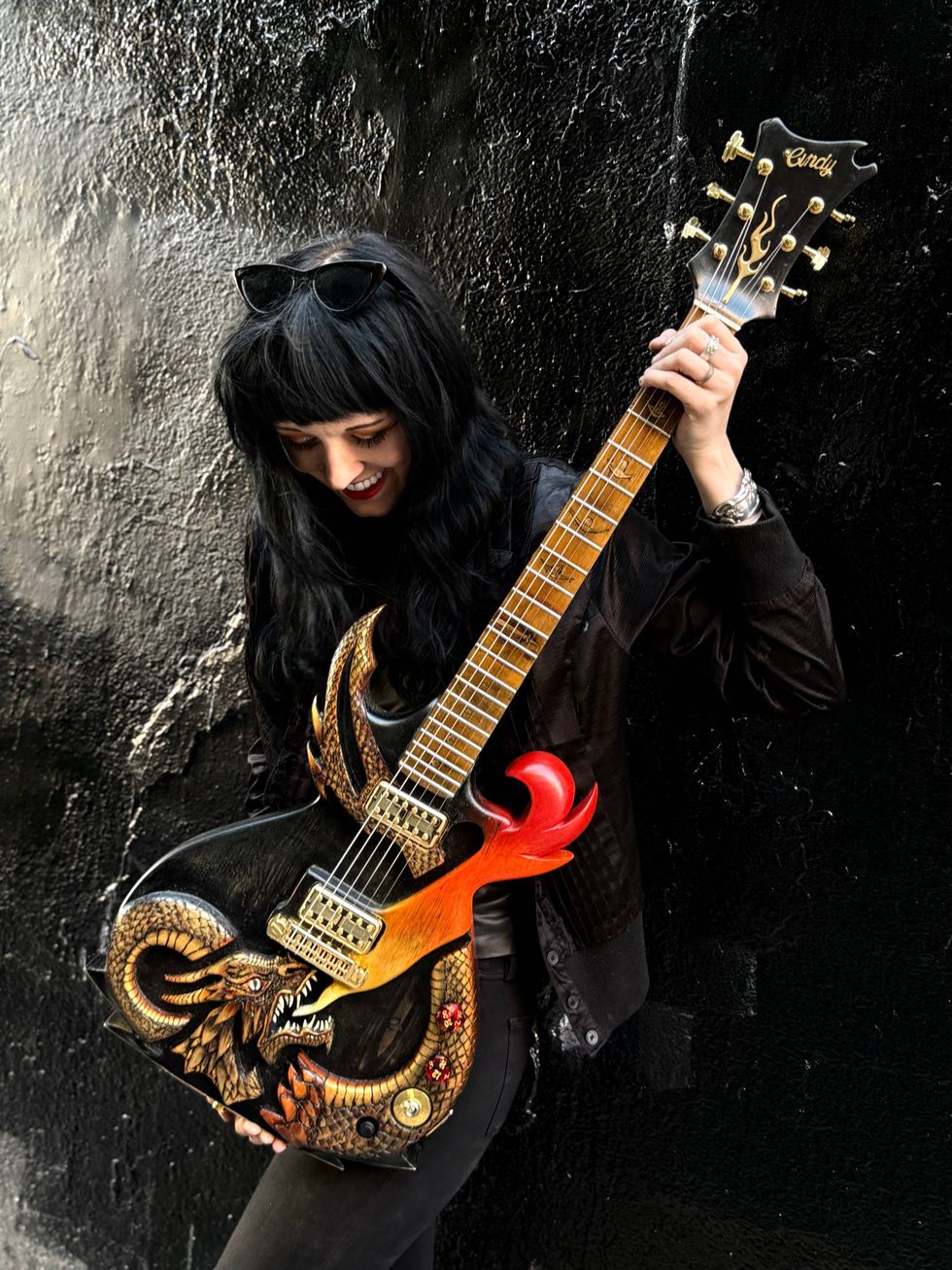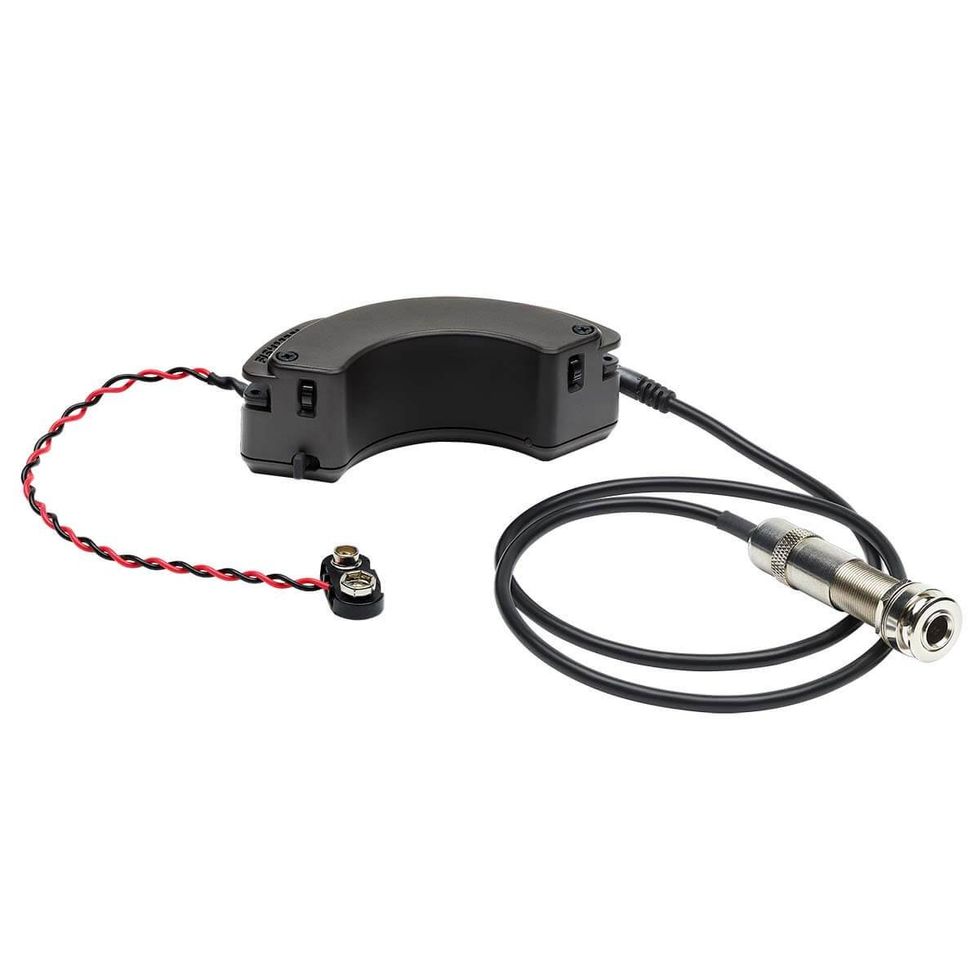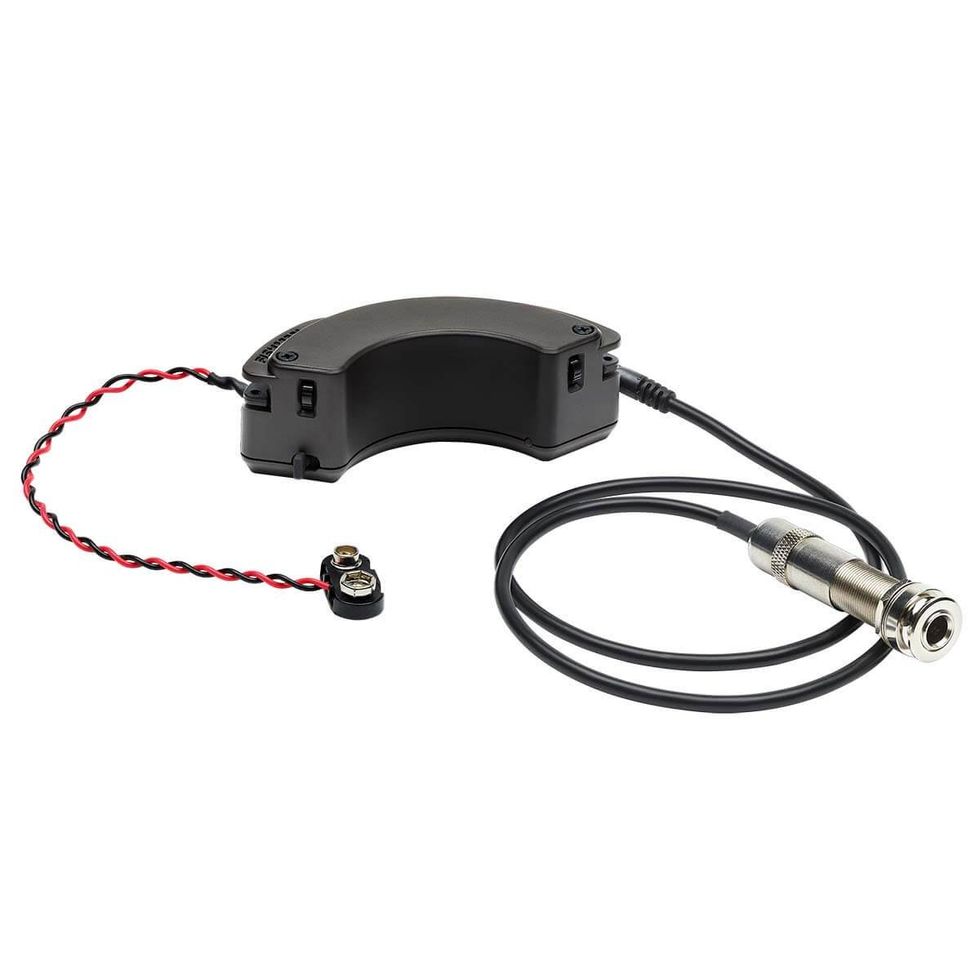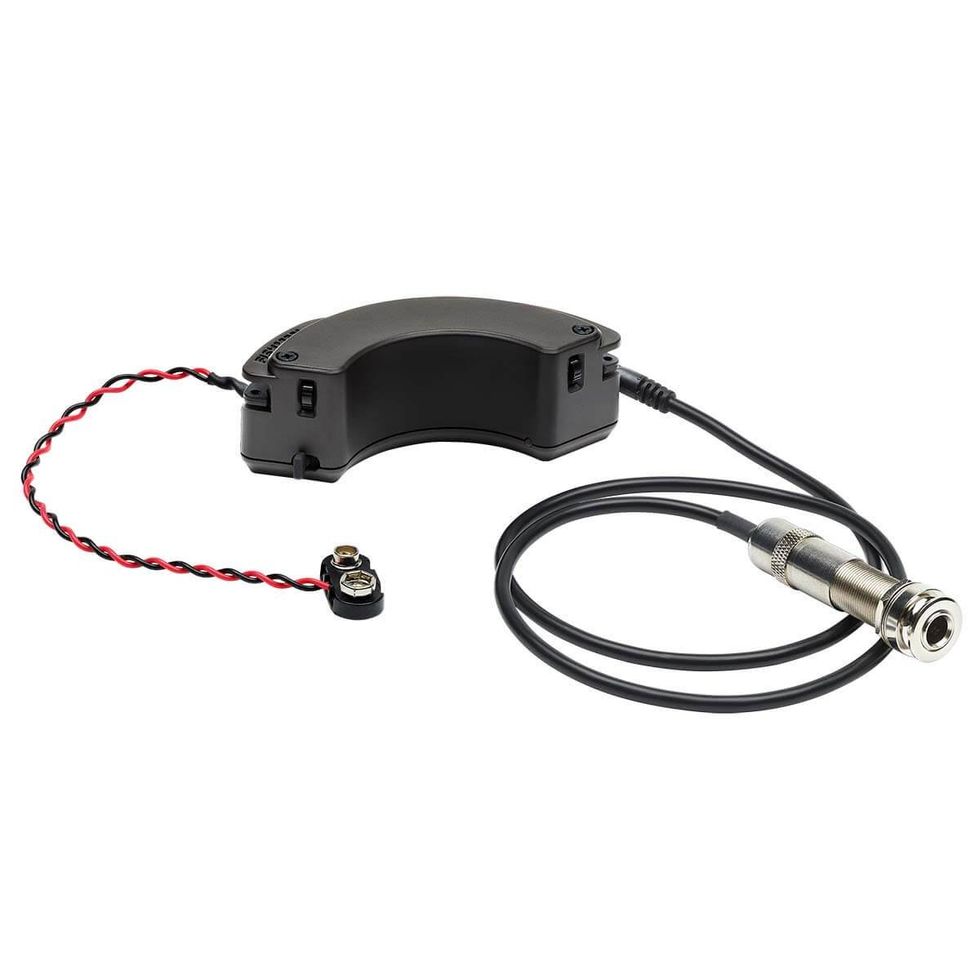Growing up in Austin as a guitarist, everything was always about style. Whether paying homage to classic forms of the past (blues, jazz, folk, country) or forging new sounds out of the instruments, the primary mantra that I heard was to play with a voice of substance and style. I would read in guitar magazines about “shredders” and speed demons that seemed to populate L.A., but they just didn’t really dent Austin’s consciousness. Heavy metal was a faint echo, pretty much surviving at one club south of the river, The Back Room. My world was dominated by the Antone’s/Continental Club scene where the mark of a good guitarist was the ability to imitate a wide cross section of the greats. The mark of a great guitarist was the ability to do so with an undertone of originality.
Simultaneously there were the cacaphonus squalls of the art/punk bands like Ed Hall, Scratch Acid, the Butthole Surfers, and The Flaming Lips (who seemed to play Austin every week). I ran for a short time with a crew of rockabilly kids that were all about hollowbodies, Echoplexes, pompadours, and Fender amps, and while attending the University of Texas, I was immersed myself in the late period music of John Coltrane (Om, and Ascension) as well as pilfering my father’s collection of Hindustani and Punjabi music.
There were the folkies, Townes and Blaze, echoing the finger picking styles of Lightnin’ Hopkins and the other mostly Texan bluesmen, who had seen a resurgence in the '60s with the folk revival. There was an influx of guitarists melding the blues with more of a country vein, deep echoes of the '60s, firebranded, but not in a Nashville way: Jesse Taylor, David Holt, Don Leady, and later David Grissom. It was all uniquely Austin; one big stew of Style and Substance.
Like any kid, I took this collective sense of how to approach music as being the way it was everywhere and dove into it with no sense of allegiance or responsibility, just a pure, deep joy as the music enveloped my ears and ran through my fingers. As I grew up and started playing out, I realized that, as Bob Dylan says, “You gotta serve somebody.” Each scene was a world unto itself. Clifford Antone would lecture me repeatedly about the purity of the blues, keeping all the other “crap out of it.” My friends that played in the noisier experimental bands seemed to think that any sound already made was dead and useless. The folkies didn’t have much use at all for all the noise, and if you didn’t have a pompadour and a Gretsch, you were definitely not doing things right in the rockabilly world.
I spent a lot of my 20s feeling a lot of angst coming from all the rigidity, and I constantly felt like an outsider on the edge of many different scenes that were clearly delineated in a million little yes/no rules. It took me a good decade, and a move 3000 miles away to appreciate the purpose and need for all of these. Rules can be freedom. A negative can be just as powerful of a creative tool as a positive—to know who you aren’t is often to know who you are.
It was Brian Eno and his approach to music and art that helped open up that way of thinking. I was working on Modernday Folklore, my second record, with Mark Howard engineering. I was obsessed with Daniel Lanois at that time, and Mark was one of his main engineers. Daniel was hanging around, preparing to produce Emmylou’s Wrecking Ball, gathering songs and ideas, and we had many conversations about music and art over those evenings. I swam through Daniel's catalog, already enamored with much of it, but falling deeply in love with the work he and Eno did together on Apollo (stunning!!) That record made me quite curious about how and why Brian Eno made music and sent me on a quest (pre-internet, where there were no Google searches!) to find out more about his methods.
From what I read, Brian and Daniel would employ many unconventional tactics in their productions. Often they would make a seemingly arbitrary rule, such as using no cymbals on the trap kit, or not allow any guitar to be playing in standard tuning. Even though they might seem arbitrary, it was a definitive step and it colored everything that happened after, often in ways that didn’t seem evident upon initial mention. Music, or any creative endeavor, is about a journey, and each journey is about the unknown. If you go about it with a sense of knowing every detail, you are short circuiting the possibilities. But with a few essential starting points you are foraging a distinctive path.
Over time, I started to see more beauty in the many schools of thought that I had initially tossed out as being closed-minded and overly pedantic. I still value the artists who straddle many worlds with a unique voice, and I try to be that type of artist, but I now have a much deeper love and respect for those who study tirelessly what would be considered archaic languages, or fringe cultures, consistently returning to the well to see what new angles could be refracted in a slightly different light. Their patience in the face of our modern cultural torrent is steadfast and impressive in its own right, but seems at times to be also a smart move as the chatter of instant access to everything has cheapened many steps of the journey. Obtuse collections of influences that took years to acquire even a decade ago are now bandied about on Facebook profiles, and one can download and skim the surface of an idols influence in mere minutes, seemingly assimilating every minute detail of their soul in the process.
I see this parried back and forth like some cultural currency as people define themselves through cultural figures like well worn dirt trails to a common trough. Those odd backwaters that seemed unimportant in their abstraction now become safe havens where one can be left alone to try his damndest to acquire the one creative trait that can’t be faked: depth, and depth comes from myopic attention to detail. It seems more evident than ever when someone has traveled the wilderness, deeply in their own world, on their own path. Style is ever-changing and fluid. At times the whole world seems to be charging maniacally forward with no course or purpose. In those times, the poetry of stillness seems to stand like a towering haven amongst the horizontal chatter and noise. The stillness seems to allow much needed reflection, and in reflection is style.
Search
Latest Stories
Start your day right!
Get latest updates and insights delivered to your inbox.
Premier Guitar features affiliate links to help support our content. We may earn a commission on any affiliated purchases.
The Latest
More for you
Most Popular
Don’t Miss Out
Get the latest updates and insights delivered to your inbox.











![Rig Rundown: Russian Circles’ Mike Sullivan [2025]](https://www.premierguitar.com/media-library/youtube.jpg?id=62303631&width=1245&height=700&quality=70&coordinates=0%2C0%2C0%2C0)













